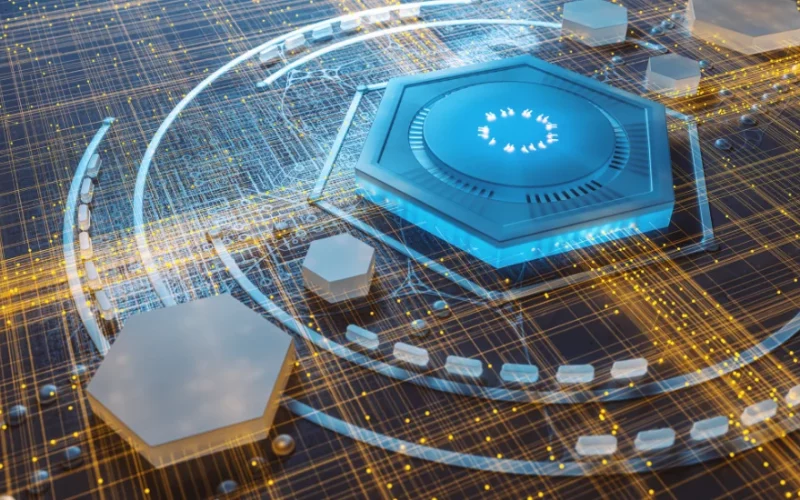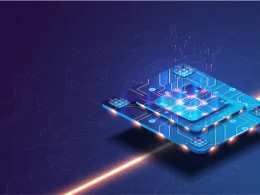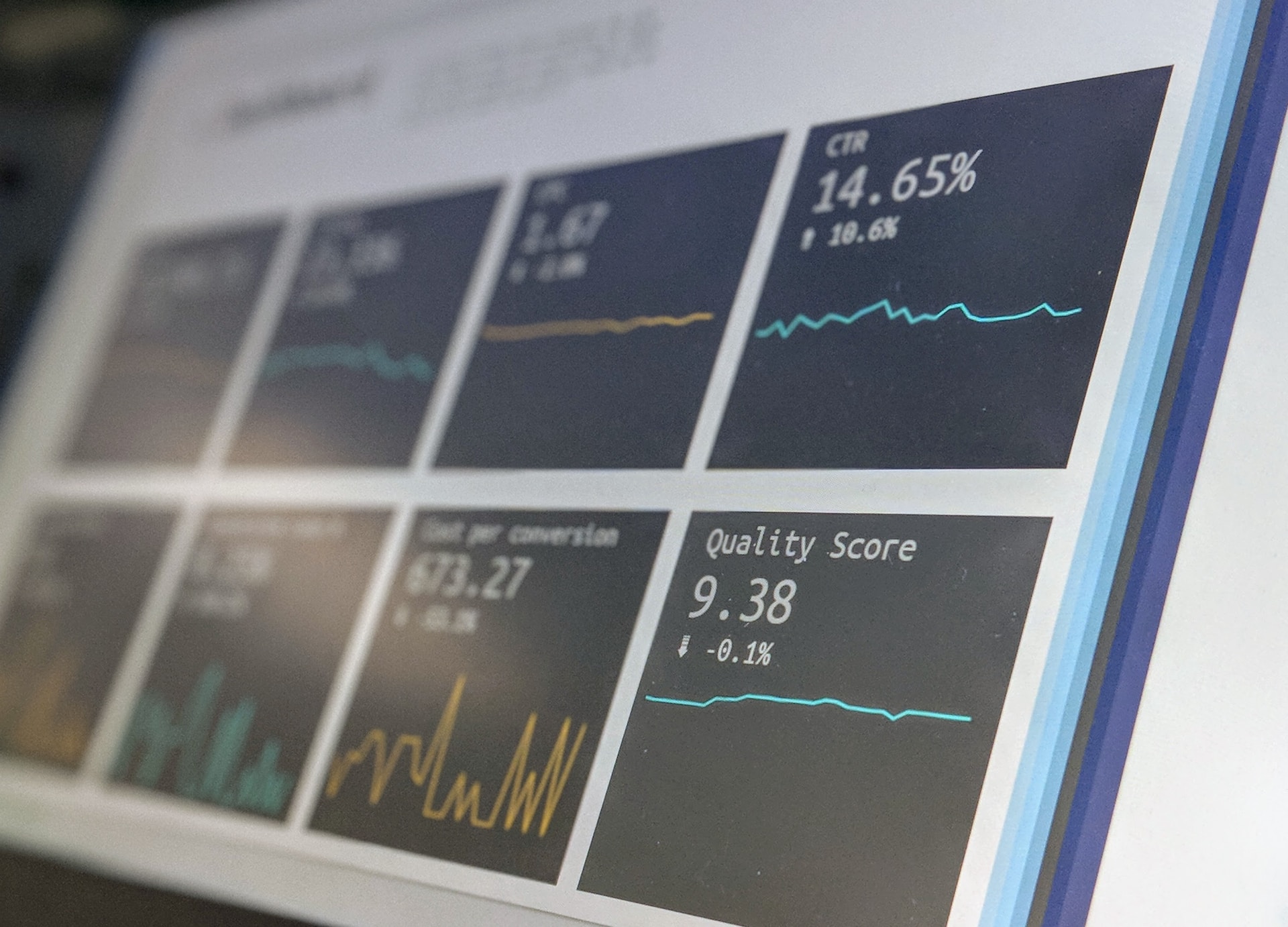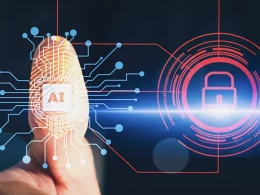The Foundation of Classical Computing
Classical computing, the foundation of all modern digital technology, is built on the binary system. This system, also known as base-2, uses only two digits, 0 and 1, to represent all possible data. Each digit, or bit, in the binary system can be in one of two states: on (1) or off (0). This binary nature of classical computing allows for a simple yet effective method of data processing and storage.
The role of transistors in classical computing is crucial. Transistors are tiny switches that can turn on and off, representing the binary states of 1 and 0. They are the building blocks of all digital devices, from the simplest calculators to the most advanced supercomputers. By rapidly switching on and off, transistors perform the calculations that enable our digital world.
Quantum Computing: A New Paradigm
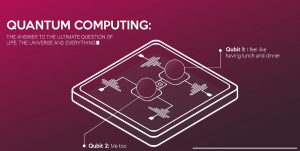
Quantum computing represents a fundamental shift from classical computing. It is not simply an evolution of classical computing, but a whole new paradigm. It leverages the principles of quantum mechanics, a branch of physics that describes the behavior of particles at the smallest scales.
Quantum computing has the potential to solve problems that are currently intractable for classical computers. However, it also has its limitations. Quantum computers are extremely sensitive to environmental disturbances, and maintaining the quantum state of qubits, the fundamental unit of quantum computing, is a significant challenge.
The Significance of Bits in Classical Computers
In classical computing, bits are the fundamental unit of information. Each bit can be either a 0 or a 1, and every piece of data, whether it’s a text document, a photo, or a video, is ultimately represented as a string of these binary digits.
The binary nature of bits is in stark contrast to quantum qubits. While a bit can be either a 0 or a 1, a qubit can be in a state that is a superposition of both 0 and 1. This property allows quantum computers to process a vast number of possibilities simultaneously.
Understanding Qubits in Quantum Computing
Qubits, or quantum bits, are the fundamental unit of quantum computing. Unlike classical bits, which can be either 0 or 1, qubits can be in a superposition of states, meaning they can be both 0 and 1 at the same time.
This operational difference between qubits and classical bits is one of the key features that gives quantum computers their potential power. A quantum computer with just a few hundred qubits could theoretically perform more calculations simultaneously than there are atoms in the universe.
The Role of Superposition in Quantum Systems
Superposition is a principle of quantum mechanics that allows particles to be in multiple states at once. In the context of quantum computing, this means that a qubit can represent multiple possibilities simultaneously.
This is a stark contrast to classical computers, which lack superposition and are therefore limited to sequential computations. While a classical computer processes one potential solution at a time, a quantum computer can process multiple potential solutions simultaneously, potentially leading to much faster problem-solving.
Entanglement: The Quantum Game Changer
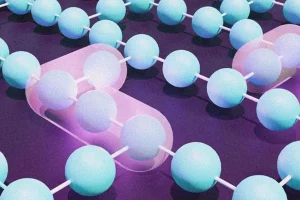
Entanglement is another principle of quantum mechanics that is crucial to the power of quantum computing. When two qubits become entangled, the state of one qubit becomes directly related to the state of the other, no matter how far apart they are.
This contrasts sharply with classical computing, where the state of one bit is independent of the state of another. Entanglement allows quantum computers to process information in a fundamentally different and potentially more efficient way than classical computers.
Speed Comparison between Quantum and Classical Computers
Quantum computers have the potential to perform complex calculations much faster than classical computers. This is due to the properties of qubits, which allow quantum computers to process multiple solutions simultaneously.
In contrast, classical computers use binary code, processing one solution at a time. This means that for certain complex problems, a quantum computer could potentially find the solution much faster than a classical computer.
Practical Applications: Quantum vs Classical

The superposition and entanglement properties of quantum computing have the potential to revolutionize fields such as cryptography, optimization, and drug discovery. These fields often involve complex problems that require exploring a vast number of potential solutions, something quantum computers are ideally suited for.
On the other hand, classical computing, with its binary nature, is well-suited for a wide range of applications that we encounter in our daily lives, from web browsing to word processing. While quantum computing holds great promise, classical computing will continue to play a crucial role in our digital world.
The Road Ahead for Quantum Computing
As we deepen our understanding of the fundamental principles behind quantum and classical computing, we can better envision the potential future applications of quantum computing technology. Quantum computers could revolutionize fields such as cryptography and drug discovery, but they also pose new challenges, such as how to protect quantum information from environmental disturbances.
Despite these challenges, the road ahead for quantum computing is exciting. As we continue to develop and refine this technology, we may well witness a new era of computing, where quantum and classical computers coexist and complement each other, each excelling in their own unique ways.






